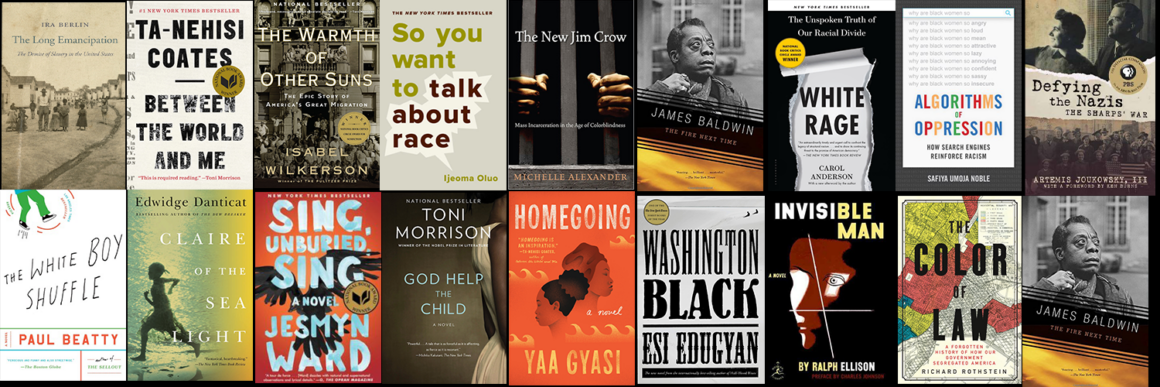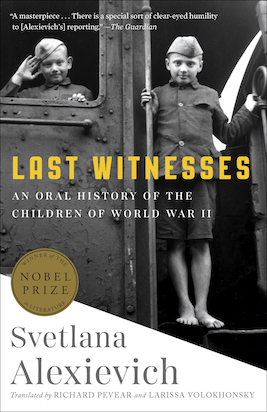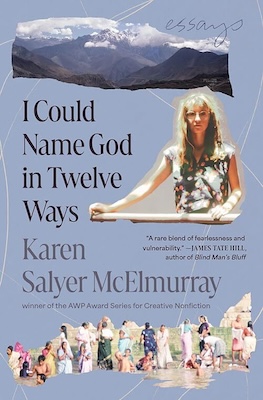This memoir published in the 1960s recounts the tale of a 19-year-old Laurie Lee on his long march across Spain after having walked out of his quaint English existence. Ostensibly autobiographical, the books read like part travelog and part autofiction. Lee also wrote a prequel and a sequel in this trilogy set in the 1930s when the specter of war was looming over the Iberian Peninsula.
Ambitions of a vagabond poetic life are reflected in Lee’s writing: mellifluous and loaded with crafty metaphors. In some places, though, passages appear stark and unsentimental, veering towards Hemingway instead of Homer. All characters except the narrator are minor, non-recurring and often forgettable. Even so, many are presented with deep complexity and multiple facets through succinct but lyrical characterization, one of Lee’s strengths. Navigating numerous anecdotes, apocryphal legends, and historical pivots, what ultimately stays with the reader are his delicate, delicious descriptions of places: landscapes, cities, inns, brothels, cafés, castles. Transcendent and astute, the traveler on the road turns into a painter of masterpieces and it is a delight to partake in his art. There are of course bumps on the off-beaten path. For example, to a modern reader this linear chronology might seem erratically paced. Indeed, we flit through large swathes of Spain in abrupt, saltatory transitions and sometimes we linger in a nondescript Andalusian village for weeks. One wonders how detailed Lee’s diaries of the time were and how much, indeed, has been left out from his sprawling reminiscences.
Anyone who has lived in England and traveled through the parts of Spain that Lee traversed, this book provides a refreshing viewpoint: discovering a familiar locale through a bygone perspective. I was reminded of a book by another foreigner who sojourned in Andalusia. A hundred years before Lee, the American writer Washington Irving chronicled his Tales of the Alhambra. Irving, of course, is better known for his gruesome, headless horseman of Sleepy Hollow. Unlike Irving, Lee seldom tends to slip into coarse, superficial assessments of the Spanish but the odd passage does reek of stereotypes of poverty, slovenliness, disorder, and normalized degeneracy. Lee absolves himself by spending far greater time on the human narratives, subtly, painting a picture of the unquestionable kindness and endearing hospitality he encounters.
We are left thirsty for the luck bestowed on this teenage traveler, playing his violin and embracing the generosity of that sun-kissed land and its people before the bells of crisis tolled. Lee’s musical prose serenades us on his passage through Spain; nearly a century later his nostalgia reads like lilting literary prose. For anyone who enjoys travelogues, adventures and unconventional bildungsromans, I recommend this inspiring memoir.






